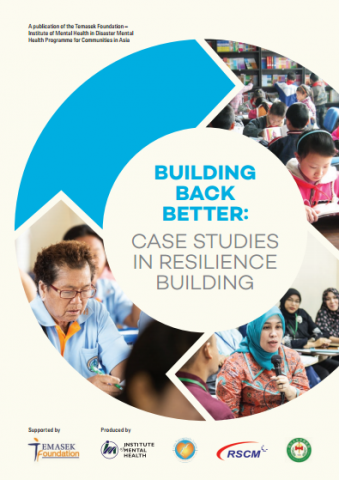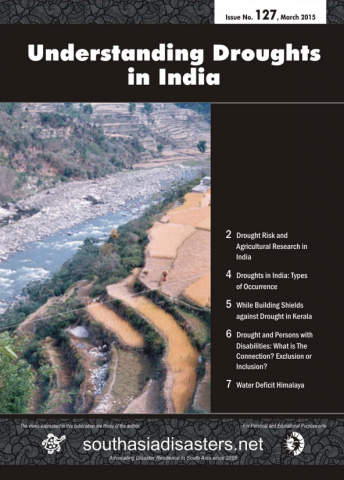Understanding Drought in India


This issue of Southasiadisasters.net focuses on the important theme of ‘Understanding Drought in India’. India’s overdependence on rainfed agriculture and the increasing variability of monsoons due to climate change underscore the importance of understanding the varied impacts of droughts in the country. Since the impacts of droughts are manifold, this issue focuses on the various aspects of droughts such as their incidence, their typology, their impacts on agriculture and other means of livelihood along with the plight of persons with disabilities (PwDs) living under drought conditions. All these factors serve to highlight the urgent need to evolve suitable mitigation and preparedness strategies to safeguard the country from the adverse impacts of this slow onset disaster.
Understanding Drought in India
http://www.preventionweb.net/files/submissions/43468_127understandingdrought.pdf
